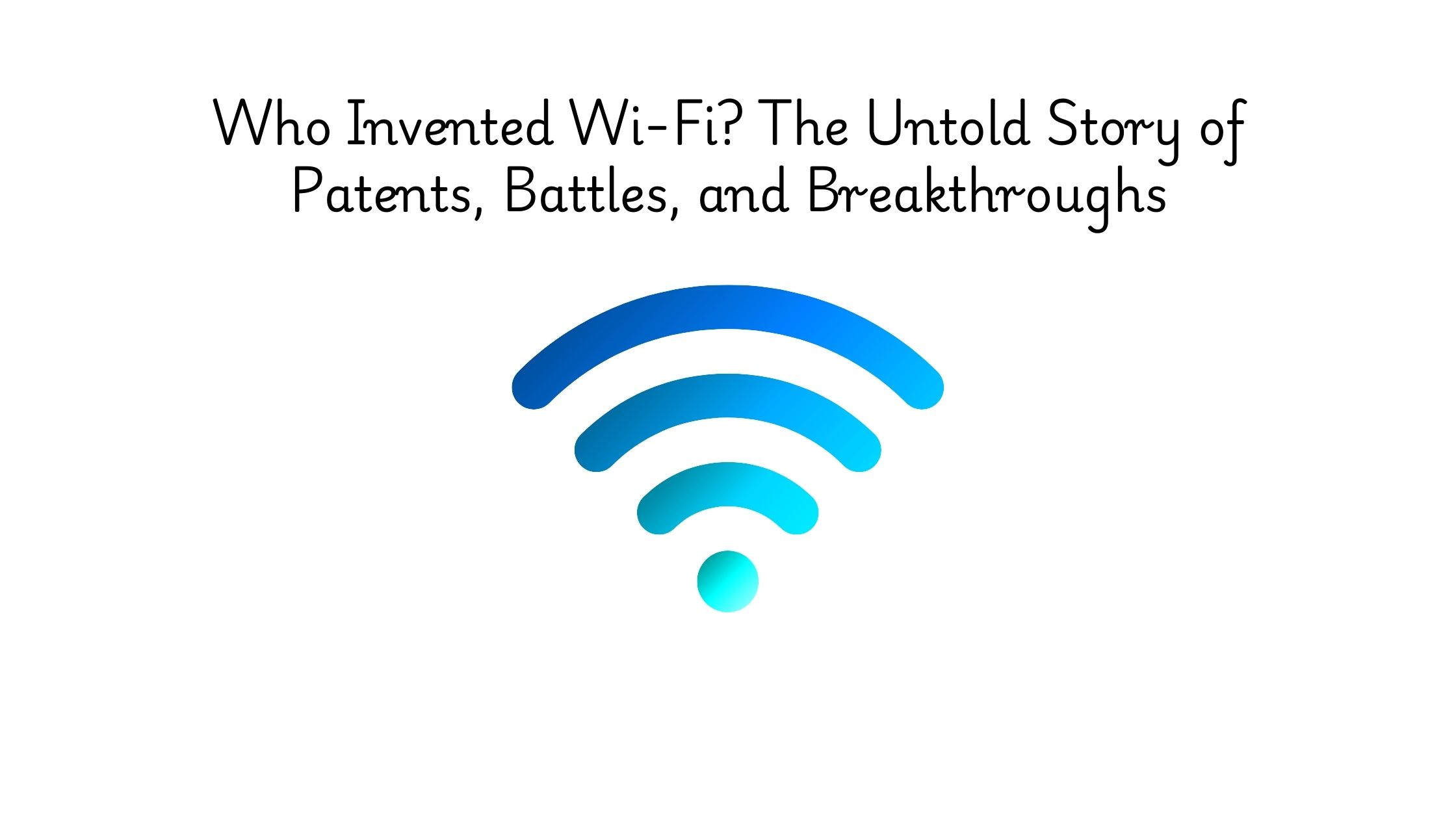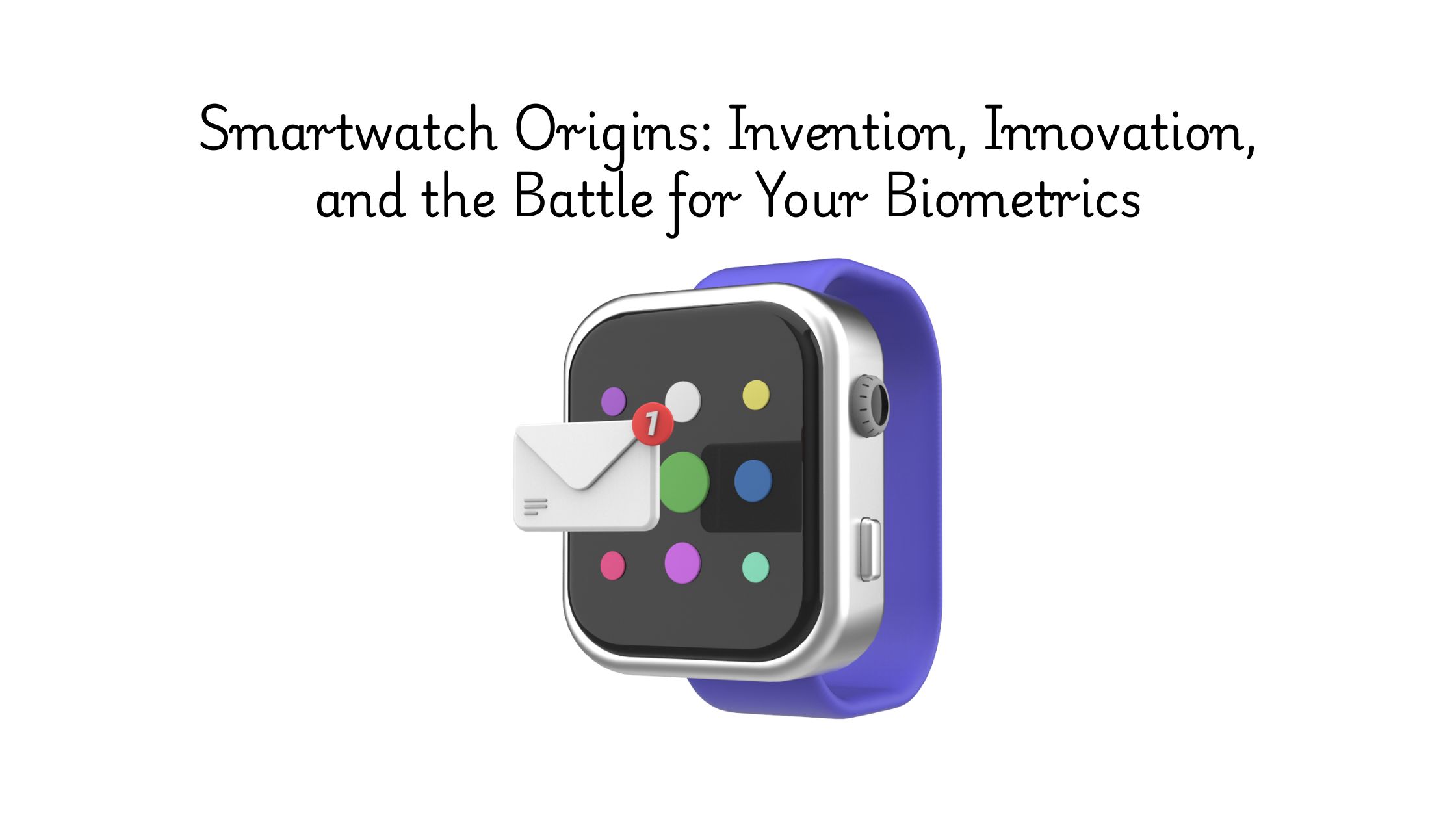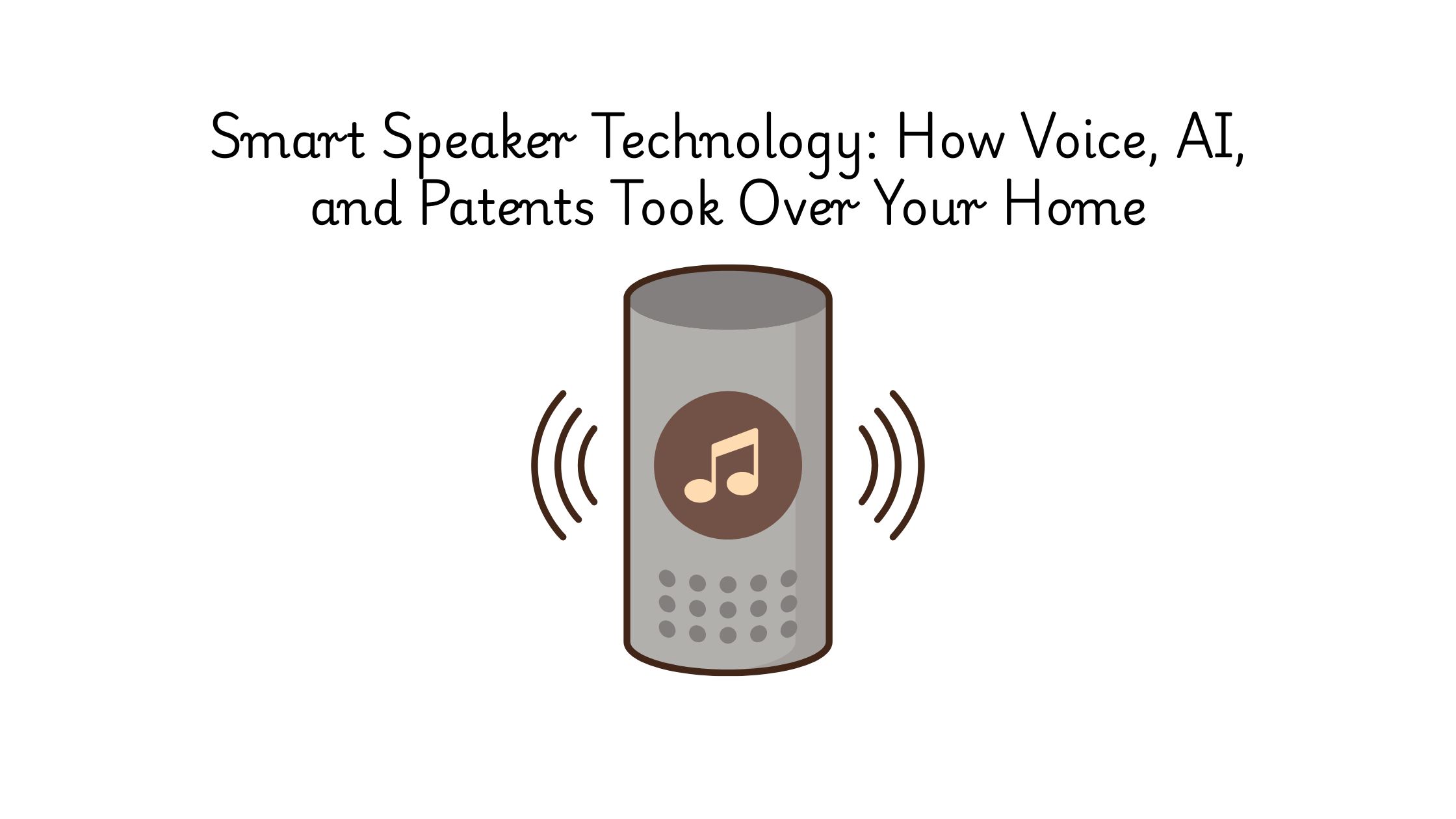Edge AI companies are building a future where intelligence lives closer to the action.
Instead of relying on cloud data centers thousands of miles away, edge AI processes data right where it’s generated: on the factory floor, inside autonomous vehicles, or even on a surgeon’s handheld device. This shift reduces latency, boosts privacy, and enables real-time decisions that cloud-based systems simply can’t match.
According to BankInfoSecurity, edge computing is expected to handle over 50% of AI data processing in enterprises within the next few years, up from just 5% today. Businesses are moving fast because when milliseconds matter, the cloud is too slow.
In this article, we’ll spotlight 10 edge AI companies pushing the boundaries of innovation, building original technology, securing patents, and shaping the future across industries.
Let’s start with the first.
#1. NVIDIA

Source: NVIDIA
NVIDIA has established itself as a leader in Edge AI, offering platforms like the Jetson AGX Orin, which delivers up to 275 TOPS (trillion operations per second) of AI performance. This platform is designed for advanced robotics and autonomous machines, enabling real-time processing directly on devices without relying on cloud connectivity.
To support developers, NVIDIA provides the DeepStream SDK, a comprehensive toolkit for building AI-powered applications that process video, audio, and image data. Additionally, the TAO Toolkit simplifies the creation of custom AI models with minimal coding, facilitating the deployment of vision AI applications.
Patent Activity
As of 2023, NVIDIA holds approximately 2,139 active patent families globally, with a significant focus on areas such as deep learning, image processing, and AI hardware acceleration.
Notably, NVIDIA emphasizes patent quality over quantity, leading to “forward citations,” a metric indicating how often their patents are referenced by subsequent innovations. This underscores the foundational impact of their technologies in the AI domain.
Industry Impact
NVIDIA’s edge AI solutions are transforming sectors such as manufacturing, healthcare, retail, and transportation by enabling intelligent automation and real-time data analysis at the edge.
Key Innovations
Jetson AGX Orin: A powerful, palm-sized AI computer designed to run complex models on edge devices like robots, drones, and autonomous machines.
DeepStream SDK: A high-performance toolkit for analyzing video streams in real time using AI, ideal for smart cities, retail, and industrial automation.
TAO Toolkit: A no-code platform that lets you quickly train and deploy custom AI models using your own data and NVIDIA’s pre-trained models.
#2. Intel Corporation

Source: Intel
Intel Corporation, established in 1968, has been at the forefront of semiconductor innovation. Recognizing the transformative potential of Edge AI, Intel has strategically developed hardware and software solutions to enable intelligent processing at the network’s edge.
Key Innovations
Movidius Myriad X VPU: A vision processing unit designed for deep learning inference at the edge, facilitating real-time computer vision applications.
OpenVINO Toolkit: A comprehensive toolkit that aids developers in deploying AI models across various Intel hardware platforms, optimizing performance for edge applications.
Advanced Matrix Extensions (AMX): Introduced with the Sapphire Rapids microarchitecture, AMX enhances matrix operations, accelerating AI and machine learning workloads at the edge.
Patent Activity
Intel’s commitment to Edge AI is underscored by its extensive patent portfolio:
AI Hardware Patents: As of 2023, Intel holds over 4,000 AI-related patents, focusing on neural processors and edge AI hardware.
Edge Computing Innovations: Intel has patented technologies like “Edge Computing Local Breakout,” which optimizes data routing in edge computing systems.
Industry Impact
Intel’s Edge AI solutions have significantly impacted various sectors:
Healthcare: Enhancing diagnostic tools with real-time data processing.
Manufacturing: Facilitating predictive maintenance and automation.
Retail: Improving customer experiences through intelligent analytics.
#3. Huawei

Source: Huawei
Founded in 1987, Huawei has evolved into a global leader in telecommunications and information technology. Recognizing the transformative potential of artificial intelligence, Huawei has strategically invested in Edge AI technologies, developing hardware and software solutions that bring intelligence closer to data sources.
Key Innovations
Ascend AI Processors: Huawei’s Ascend series comprises AI processors designed for high-performance and energy-efficient computing, suitable for both data centers and edge environments. These processors power Huawei’s Atlas AI Computing Solution, which includes modules, cards, edge stations, and servers, enabling comprehensive AI infrastructure across device-edge-cloud scenarios.
Atlas 500 Pro AI Edge Server: This edge server is tailored for edge applications, offering robust computing performance and adaptability to diverse environments. It’s deployed in sectors like transportation, retail, and smart cities to facilitate real-time data processing and analytics at the edge.
ModelArts AI Development Platform: Huawei’s ModelArts is a one-stop AI development platform that empowers developers and data scientists to build, train, and deploy models rapidly, accelerating intelligent industry upgrades.
Patent Activity
Huawei’s commitment to innovation is reflected in its substantial patent portfolio:
Global Patent Holdings: As of recent data, Huawei holds over 240,000 patents globally, with more than 109,000 granted. Notably, over 65% of these patents are active, underscoring Huawei’s ongoing dedication to research and development.
Edge Computing Patents: Huawei has secured patents in edge computing, including technologies that integrate AI for real-time analytics and machine learning models optimized for edge environments. These innovations enhance the efficiency and responsiveness of edge computing systems.
AI-Powered Natural Language Processing: The company has also patented advancements in AI-driven natural language processing, reflecting its strategic moves in intellectual property and technology leadership.
Industry Impact
Huawei’s Edge AI solutions have significantly influenced various sectors:
Telecommunications: Enhancing network efficiency and enabling intelligent data routing.
Smart Cities: Implementing real-time analytics for traffic management, public safety, and energy efficiency.
Manufacturing: Facilitating predictive maintenance, quality control, and automation through edge intelligence.
#4. IBM

Source: IBM
IBM, founded in 1911, has continuously evolved into a major force in AI and enterprise technology. In Edge AI, IBM brings a unique strength: deep enterprise integration. Through its hybrid cloud architecture and the acquisition of Red Hat, IBM enables AI workloads to be deployed securely and flexibly across data centers, clouds, and edge devices.
Its IBM Edge Application Manager automates the deployment and orchestration of AI applications across tens of thousands of edge nodes, making it ideal for industries where latency, compliance, and control are critical.
Key Innovations
IBM Edge Application Manager: A full-stack edge platform with autonomous management of AI apps across distributed edge environments.
Watson AI at the Edge: IBM integrates Watson AI services into edge environments for use in real-time analytics and decision-making.
Red Hat OpenShift for Edge: Enables containerized AI applications to run on lightweight, remote edge infrastructure.
Patent Activity
AI & Edge Patents: IBM holds over 1,400 active AI-related patents that specifically mention edge or distributed computing use cases.
Edge Leadership: IBM has consistently ranked in the top 5 U.S. patent recipients for decades and was one of the first to patent AI model optimization for edge environments.
Industry Impact
IBM’s edge AI capabilities are especially influential in regulated and infrastructure-heavy industries. Utilities, telecoms, manufacturing, and the public sector rely on IBM’s edge platforms to bring intelligence to remote sites while maintaining strict compliance and governance.
#5. Google

Source: Google / Alphabet Inc.
Google, through its parent company, Alphabet, has built a powerful ecosystem of Edge AI solutions rooted in its leadership in deep learning and hardware acceleration. While known for cloud AI, Google has steadily invested in on-device intelligence, especially through its Coral platform and Tensor Processing Units (TPUs) tailored for edge use.
With its experience deploying AI globally (e.g., Android, YouTube, and Google Assistant), Google pushes AI workloads closer to users by embedding intelligence directly into edge devices.
Key Innovations
Coral AI Platform: A line of edge hardware (e.g., USB accelerators, dev boards, mini PCIe modules) powered by Google’s Edge TPU, designed for low-power, high-speed ML inference at the edge.
TensorFlow Lite: A lightweight version of TensorFlow optimized for edge devices, enabling real-time AI on mobile phones, IoT devices, and microcontrollers.
Vertex AI Edge: Allows developers to train and deploy custom models to edge devices from Google Cloud infrastructure.
Patent Activity
Google holds over 1,900 patents related to edge computing and embedded AI, spanning edge model compression, federated learning, and neural architecture search.
Google’s patents often emphasize power efficiency and secure distributed AI, which are critical for Edge AI at scale.
Industry Impact
Google is enabling edge AI at consumer and enterprise levels. Coral devices power everything from smart cameras and kiosks to agricultural sensors and retail devices. In addition, Android’s on-device AI (e.g., voice recognition, photo enhancement) touches billions of users, arguably the largest real-world deployment of edge AI on Earth.
#6. Amazon Web Services (AWS)

Source: Amazon / AWS
AWS, the cloud arm of Amazon, has extended its dominance into edge computing with a suite of services designed to bring cloud-native AI closer to end users. While AWS doesn’t manufacture AI chips like NVIDIA or Intel, it leads in infrastructure, enabling developers and enterprises to deploy machine learning models at the edge with minimal latency.
AWS’s Edge AI offerings are built to serve everything from 5G telecom edge locations to tiny IoT endpoints in the field.
Key Innovations
AWS Wavelength: Integrates AWS compute and storage within 5G networks, allowing ultra-low latency AI inference for apps like autonomous vehicles, AR/VR, and real-time video analytics.
AWS IoT Greengrass: Extends AWS capabilities to edge devices, enabling them to run AWS Lambda functions, process ML models locally, and operate offline.
SageMaker Edge: A feature of SageMaker that enables ML models trained in the cloud to be deployed and monitored on edge devices.
Patent Activity
Amazon holds over 1,500 active patents related to edge computing and real-time AI systems, including latency optimization, local inference engines, and AI model distribution across heterogeneous networks.
Amazon’s edge AI patents heavily focus on system efficiency, bandwidth reduction, and real-time responsiveness.
Industry Impact
AWS is enabling edge intelligence across industries like logistics, retail, and autonomous systems. From powering AI-driven supply chains in Amazon’s warehouses to supporting real-time analytics in telecom networks, AWS is turning the edge into a seamless extension of the cloud.
#7. Microsoft

Source: Microsoft
Microsoft has taken a hybrid, cloud-to-edge approach through Azure, enabling businesses to deploy AI models wherever they’re needed, whether in the cloud, on-premises, or at the edge. With its strong enterprise footprint and investments in 5G, IoT, and AI, Microsoft is helping enterprises deploy intelligent systems at scale using tools they already trust.
Key Innovations
Azure Percept: A plug-and-play platform that combines AI-accelerated hardware (like Percept DK) and Azure services for rapid edge AI prototyping.
Azure IoT Edge: Allows cloud-trained models to run directly on edge devices, enabling real-time processing with offline capabilities.
Project Volterra: A developer kit built on Arm with an NPU (neural processing unit) for building Windows-based AI applications at the edge.
Patent Activity
Microsoft holds over 2,500 AI-related patents involving distributed AI, on-device inference, and secure model deployment at the edge.
Microsoft focuses on privacy-first edge AI and secure model deployment across hybrid systems.
Industry Impact
Microsoft’s edge AI technologies are widely adopted in industrial automation, healthcare, and smart cities. Combining Azure’s cloud capabilities with intelligent edge devices helps enterprises reduce cloud dependency and act on data in real time.
#8. Cisco Systems

Source: Cisco
Cisco’s strength lies in the network and, increasingly, the intelligence at the edge of it. As a networking powerhouse, Cisco enables AI at the edge through secure, low-latency infrastructure and integrated analytics. They focus less on chips and models and more on enabling AI-powered decisions across distributed systems.
Key Innovations
Cisco Edge Intelligence: Collects, processes, and routes data from edge devices to cloud or on-prem analytics systems, supporting real-time insights and automation.
Catalyst 9000 with AI Analytics: Networking hardware with built-in AI telemetry to optimize performance and detect anomalies.
Meraki MV Smart Cameras: Perform AI-based video analytics (e.g., people counting, object detection) directly at the edge without sending footage to the cloud.
Patent Activity
Cisco owns over 1,700 patents related to edge networking, distributed intelligence, and AI-powered data flow management.
Cisco’s patents focus on securely enabling data-driven insights in motion, which is critical for high-stakes, real-time environments.
Industry Impact
Cisco plays a vital role in industrial IoT, smart infrastructure, and remote operations. Its solutions help enterprises manage, monitor, and secure AI-driven insights at the edge—often in environments where uptime and bandwidth are precious.
#9. Samsung Electronics

Source: Samsung
Samsung is not just a smartphone giant; it’s also one of the most active innovators in edge AI, thanks to its deep investments in on-device intelligence. From AI-powered chipsets to smart appliances and surveillance tech, Samsung is embedding AI into billions of edge devices globally.
Key Innovations
Exynos with Neural Processing Unit (NPU): Samsung’s flagship chip integrates an NPU designed for on-device AI tasks like voice recognition, object detection, and camera optimization.
Samsung ARTIK & SmartThings Edge: These platforms power intelligent home and industrial IoT devices with real-time local processing.
Samsung S3 Processor Series: Powers AI-based computer vision and security features in embedded and smart camera systems.
Patent Activity
Samsung holds over 1,800 patents related to AI chips, embedded intelligence, and on-device inference.
Samsung’s patents emphasize energy efficiency, edge camera intelligence, and secure local inference.
Industry Impact
Samsung’s Edge AI innovations are transforming consumer electronics, smart homes, and surveillance systems. It plays a major role in pushing AI from the cloud into everyday devices globally.
#10. Arm Holdings

Source: Arm
Arm doesn’t build edge devices directly; it designs the chip architectures that make edge AI possible everywhere. Arm-based processors power over 230 billion chips worldwide, including nearly every smartphone, IoT device, and AI accelerator on the edge.
Key Innovations
Arm Cortex-M55 and Ethos-U55: Designed for ultra-low-power AI on microcontrollers and small-form edge devices.
Arm Total Compute Strategy: A unified design approach combining CPUs, GPUs, and NPUs for edge AI workloads in consumer and industrial devices.
Partnerships with NVIDIA, Qualcomm, and Apple: Arm IP powers some of the most advanced AI-capable edge chips on the market.
Patent Activity
Arm holds over 3,000 patents globally, with a focus on processor architecture, neural acceleration, and edge AI optimization.
Arm’s patents underpin many of the low-power innovations that make real-time edge inference possible.
Industry Impact
Arm is the invisible engine of edge AI. Its chip designs are licensed by virtually every major semiconductor company, enabling intelligent devices from wearables to industrial robots. Without Arm, edge AI at scale wouldn’t be feasible.
#11. ZTE Corporation

Source: ZTE
ZTE, a major player in global telecommunications, has expanded into edge AI through its 5G network infrastructure and AI-powered hardware systems. It’s one of the few companies integrating AI inference directly into base stations, giving it a powerful role in edge intelligence across telecom networks.
Key Innovations
ZTE Super-Edge Computing Platform: Integrates AI acceleration, data storage, and multi-access edge computing (MEC) for ultra-low latency services.
Edge-AI Base Stations: ZTE integrates AI capabilities within 5G base stations to handle video analytics, traffic management, and network optimization at the edge.
ZTE iCube AI Chip: A specialized chip built for real-time inference and efficient edge computing used in network and industrial environments.
Patent Activity
ZTE holds over 85,000 global patents, with more than 4,300 related to edge computing and AI.
ZTE’s patents heavily focus on AI in telecom infrastructure, particularly in conjunction with 5G and edge data routing.
Industry Impact
ZTE brings edge intelligence to telecom and smart city infrastructure across Asia, Europe, and the Middle East. Its platforms enable low-latency applications like autonomous traffic systems and real-time video surveillance.
#12. Tencent
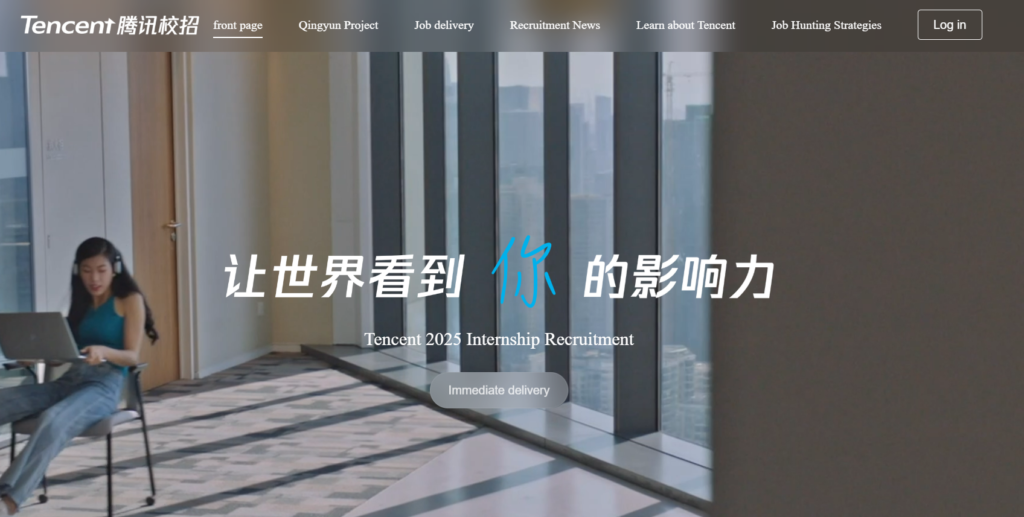
Source: Tencent
Best known for WeChat and gaming, Tencent is also a rising force in Edge AI. Through its cloud and infrastructure division, Tencent has built powerful edge platforms to support real-time inference for smart cities, gaming, and autonomous systems.
Key Innovations
Tencent Cloud Edge Computing Machine (ECM): Shifts AI computation from centralized data centers to edge nodes closer to users, ideal for gaming, streaming, and smart retail.
TARS Framework: An open-source microservices framework optimized for edge deployment and real-time processing in distributed systems.
Tencent YouTu Lab: Focused on computer vision AI, with deployments in edge surveillance, facial recognition, and retail analytics.
Patent Activity
Tencent holds over 15,000 AI-related patents, with notable activity in edge-based computer vision and microservices orchestration.
Tencent’s IP portfolio emphasizes video analytics, smart retail, and latency-sensitive applications.
Industry Impact
Tencent’s Edge AI powers everything from real-time content delivery and video compression to on-premise analytics for retail and public security. Its stronghold in China’s digital infrastructure gives it a unique advantage in large-scale edge deployment.
#13. Hailo
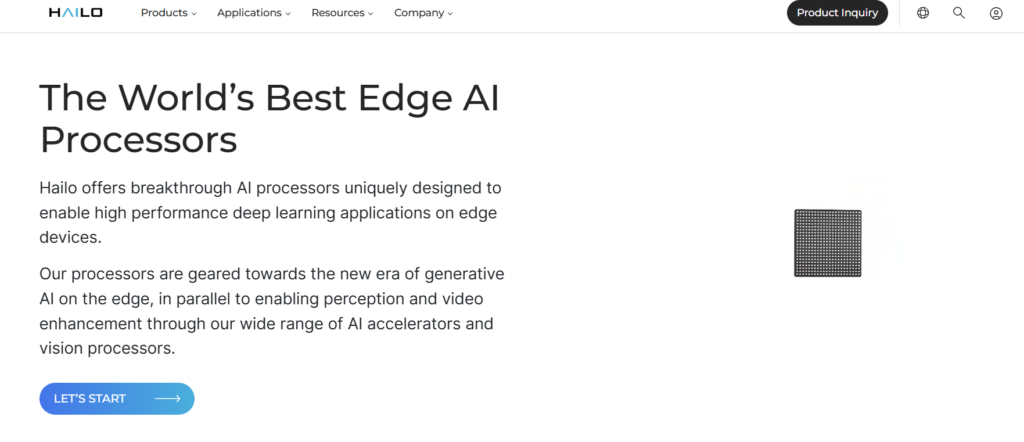
Source: Hailo
Hailo is an Israel-based AI chip startup specializing in edge inference. Known for their ultra-efficient architecture, Hailo’s chips are built from the ground up for real-time deep learning at the edge. The company has gained rapid adoption in automotive, smart cities, and industrial automation.
Key Innovations
Hailo-8 AI Processor: Delivers up to 26 TOPS with minimal power draw, optimized for object detection, segmentation, and classification at the edge.
Hailo-15 Vision Processor: Combines image signal processing (ISP) with AI acceleration in a single chip, which is ideal for smart cameras.
Advanced Tiling Architecture: A unique structure that allows massively parallel processing with extremely low latency and energy consumption.
Patent Activity
Hailo holds over 60 patents and patent applications focused on edge neural processing, memory access optimization, and thermal efficiency.
Hailo’s innovations are cited by major semiconductor firms, signaling strong influence in AI hardware design.
Industry Impact
Hailo is disrupting legacy players in edge AI chips with processors tailored for surveillance, autonomous driving, and smart manufacturing. Its chips are already embedded in thousands of deployed systems worldwide.
#14. Cortica

Source: Cortica
Cortica is a neuroscience-inspired AI company focusing on unsupervised learning for edge environments. Their proprietary autonomous learning systems mimic how the human brain processes visual information, making it ideal for dynamic, real-time edge use cases.
Key Innovations
Autonomous AI Platform: Learns without labels, continuously improving through exposure to raw data, ideal for edge cases where data is unstructured or limited.
Carmera Integration: Cortica acquired Carmera (a real-time mapping platform) to enhance edge perception in autonomous vehicles.
Brain-Inspired Spatio-Temporal Learning: Cortica’s core IP analyzes spatial and temporal patterns, which is key for high-speed video AI at the edge.
Patent Activity
Cortica holds over 250 patents globally, including core technologies in unsupervised AI, video analytics, and perception algorithms.
Cortica’s patents are especially relevant in edge vision AI, where constant data labeling is impractical.
Industry Impact
Cortica’s edge AI is used in automotive safety, public surveillance, and traffic analytics. Their approach enables systems to adapt and improve in real time without relying on continuous cloud training.
#15. GlobalFoundries

Source: GlobalFoundries
While not a direct AI company, GlobalFoundries is a critical enabler of edge AI innovation through its advanced semiconductor manufacturing for low-power, high-efficiency AI chips.
Key Innovations
12LP+ FinFET Platform: Optimized for edge AI accelerators with improved performance-per-watt for vision and inference tasks.
Fotonix™ Platform: Integrates photonics and electronics, enabling high-speed data transmission in edge-to-cloud systems.
Custom Silicon for Edge AI Startups: Foundry partner for Hailo, Mythic, and other edge innovators.
Patent Activity
GlobalFoundries holds 10,000+ patents, including hundreds in AI acceleration, chip packaging, and edge-specific transistor design.
Industry Impact
As a contract manufacturer, GlobalFoundries fuels the entire edge AI ecosystem by enabling energy-efficient AI silicon at scale.
Conclusion: Edge AI Innovation and the Power of Patent Intelligence
The top 15 edge AI companies we’ve covered are transforming everything from autonomous vehicles and smart cities to industrial automation and real-time video analytics. What they have in common isn’t just breakthrough products; it’s a commitment to protecting their innovations through patents.
In a field where milliseconds matter and proprietary chips drive performance, patents are the roadmap to real innovation. They reveal who’s building original Intellectual Property (IP), optimizing for low power, and solving for real-world deployment at the edge.
This is where the Global Patent Search Tool comes in. Unlike basic keyword tools, GPS uses AI to help you:
1. Find prior art or related patents by simply describing your innovation.
2. Track edge AI innovation using priority dates, geographies, or patent holders.
3. Map how specific AI features, like federated learning or model quantization, appear across chip designs.
4. Spot hidden connections between companies building at the edge across verticals.
Whether you’re an edge AI startup protecting your IP, a researcher exploring the frontier, or an investor assessing who’s truly building the future, the GPS tool gives you clarity beyond press releases.
Want to see who’s winning the edge AI race with patents? Start your GPS-powered search today.


